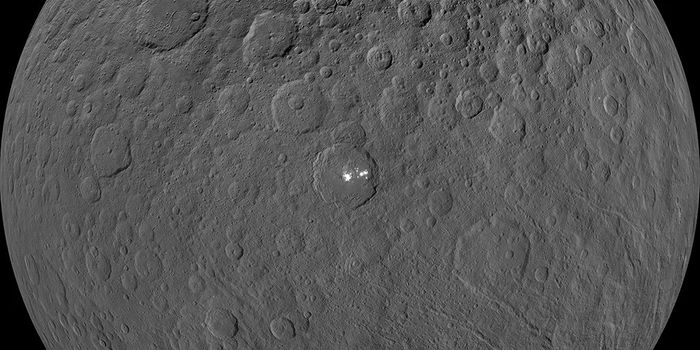Is Something Orbiting the Milky Way?
The Milky Way, our very own galaxy, is not alone in space. There are as many as 50 companions orbiting our own galaxy, as it has a gravitational force of its own.
On that note, astronomers from Tohoku University in Japan have reportedly discovered something new orbiting the Milky Way. It came up on a scan by the Subaru Telescope, also in Japan, and it appears to be a type of miniature galaxy companion. Only, there’s one problem… it’s way too small to be considered an actual galaxy, or even that of a dwarf galaxy.
The Milky Way, which measures at about 100,000 light years in diameter, dwarfs this small companion, which astronomers say Is faint and only measures about 124 light years in diameter. It has been given the name Virgo I and the findings appear in the Astrophysical Journal.
Image Credit: Tohoku University/National Astronomical Observation of Japan
Because it’s so small and faint, astronomers hardly even saw it, and it went unnoticed for so long that astronomers are betting there are probably a whole lot more like Virgo I throughout space, perhaps even orbiting our Milky Way.
It’s 1.5 billion times dimmer than the Large Magellanic Cloud, which is the biggest companion to the Milky Way, but more importantly, it’s even fainter than most of the stars you see in the night sky. Paired with the fact that it’s more than 280,000 light years away from us, it’s hardly any surprise that it went unnoticed for so long.
We know so little about Virgo I at this point in time that it’s hard to come up with theories for how it got there and whether or not there are more like it, but now that we’ve uncovered what could be the first clue into answering this question, astronomers are more aware of what to look for and might be able to double their searches.
With bigger and better space observation equipment planned for the future, we should be able to get a much more exuberant look at the universe in coming years and this may help shed some light on this ultra-dim companions.
Source: Subaru Telescope









